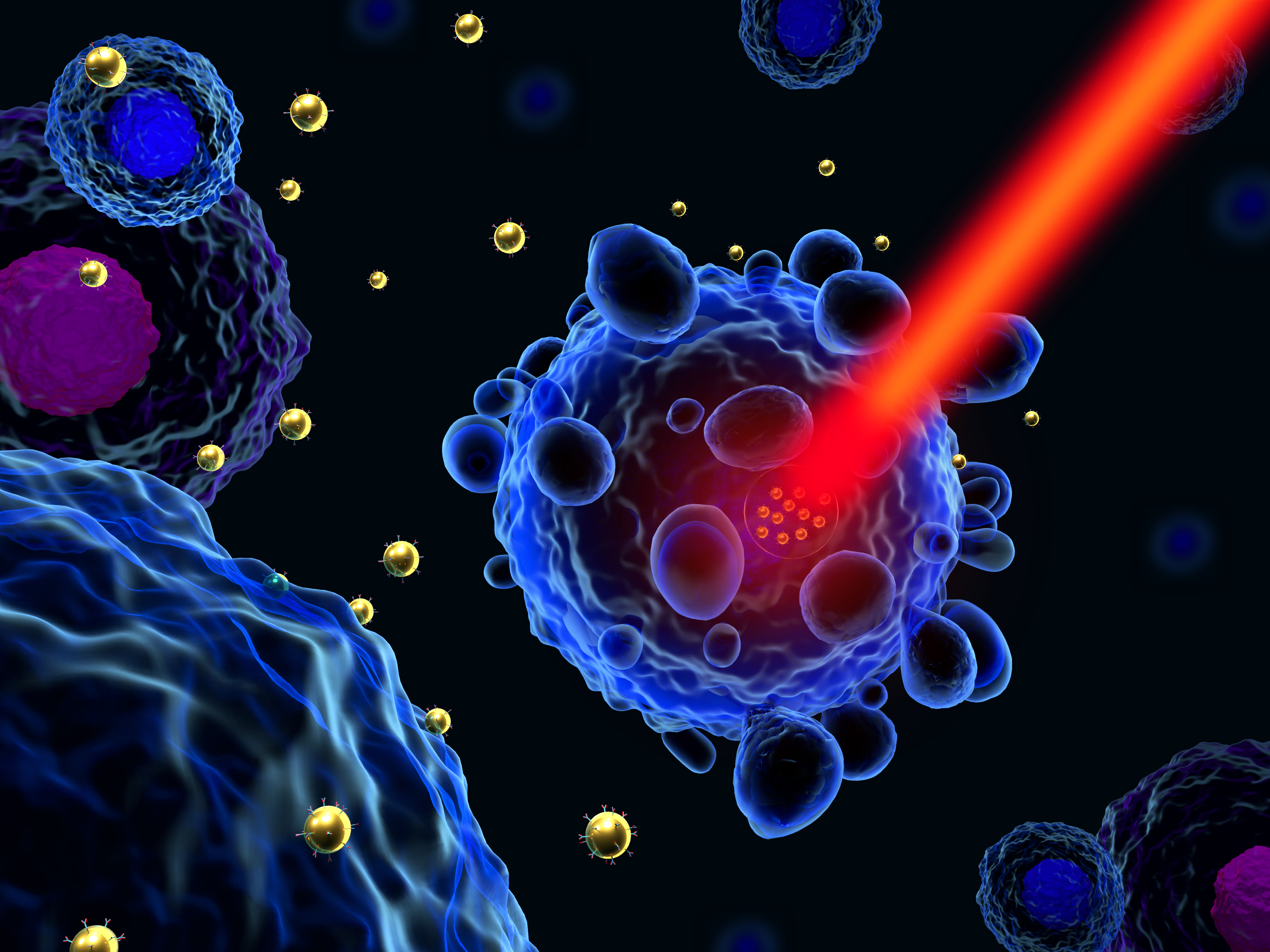Technologies
Discover, Connect & Collaborate at TECHINNOVATION 2021
Natural Iron Oxide Nano-minerals (Magnetosomes) for Cancer Treatment

Technology Overview
Cancer is a leading cause of mortality. Conventional interventions such as surgery, radiotherapy, or chemotherapy present limited efficacy for complete cancer eradication. Current treatments require extensive use of the hospital structure (operating rooms, expensive apparatus, general anesthesia). This calls for new therapies that are less costly, easier to use, do not require general anesthesia and executable outside of hospitals. This is especially relevant during pandemic times when hospitals can become saturated.
The company presents a novel cancer treatment using natural iron oxide nanoparticles termed magnetosomes. These magnetosomes are introduced into tumors and can be heated using energy sources like laser, ultrasound or magnetic field. The heat dissipated from the magnetosomes in turn induces anti-tumor effects.
The patented technology has realized proof of concept of its therapeutic effects on mice bearing prostate tumors and dogs with sarcoma tumors, demonstrating that treatment using heated magnetosomes could lead to full tumor disappearance.
The technology targets the solid tumor market. Solid tumors include tumor mass that is identifiable and treatable by injecting nanoparticles, followed by irradiation. The company has obtained excellent results with glioblastoma, a non-solid tumor characterized with well-identified tumor regions.
With its knowledge and expertise in magnetosome mass production, the company seeks to collaborate with partners with expertise in:
- Energy sources – Laser, ultrasound, magnetic field, cryotherapy
- Nanomedicine – Nanoparticles, magnetic nanoparticles for cancer
- Medical devices – Nanoparticles, magnetic nanoparticles as medical devices for cancer
- Biocompatibility assessment, regulation, and clinical trials for such medical devices
- Medical imaging using nanoparticles, magnetic nanoparticles
- Medical / non-invasive thermometry
Technology Features, Specifications and Advantages
The technology delivers an innovative anti-cancer treatment comprising injectable magnetosomes and a magnetosome excitation source.
Conventional cancer treatments do not prevent tumor regrowth because they do not eradicate all tumor cells. A key strength of the technology is the prevention of tumor regrowth. Six months following treatment, the primary tumor did not regrow among all treated mice. The technology has two-fold effects, (i) direct destruction of tumor cells in an ablation treatment and (ii) indirect destruction possibly through some immune mechanisms, enabling abscopal effects.
Advantages
- Magnetosomes are produced naturally by magnetotactic bacteria, i.e. without using any toxic compounds
- Magnetosomes comprise a non-toxic iron oxide core that is surrounded by a biocompatible shell for stabilizing the mineral core
- Magnetosome composition and size are tunable by changing growth medium composition and growth conditions of magnetotactic bacteria
- Magnetosomes are arranged in chains, preventing their aggregation and enabling uniform distribution, which is hardly achievable through chemical synthesis
- Heating magnetosomes to induce anti-cancer hyperthermia does not involve high temperatures, i.e. the average treatment temperature is 45 °C, and hence causing limited side effects on patients
- Administering magnetosomes does not require general anesthesia. Local anesthesia is sufficient for injecting magnetosomes and for heating the tumor
- Administering magnetosomes does not require the use of operating theatres
- The technology is relatively inexpensive to implement and requires minimal use of hospital infrastructure or expertise of specialized doctors
- Magnetosomes are applicable to different tumor types (prostate, breast, head and neck, glioblastoma cancers), and beyond the oncology field
Potential Applications
The potential applications of the technology are:
- Oncology, i.e. treatment of any type of solid tumors or tumors with a well-identified mass (breast, prostate, head and neck, glioblastoma cancers)
- Nanomedicine, i.e. any treatment involving nanotechnologies
- Hyperthermia treatment, i.e. any medical treatment involving heat whose efficacy could be improved by adding the magnetosomes
- Cryotherapy, i.e. any medical treatment involving cold treatment whose efficacy could be improved by adding the magnetosomes
- Medical imaging, i.e. using magnetosomes as imaging agent
- R&D applications in nanomedicine, nanotechnology and magnetic nanotechnology
- Magnetic cellular targeting using magnetosome-conjugated targeting ligands
- Magnetism-based applications that would benefit from miniaturization or an enhanced strength of the magnetism
Customer Benefit
The technology offers a series of customer benefits:
- It provides a new affordable cancer treatment (neither the excitation source nor the minerals are expensive to fabricate, and the use of the hospital infrastructure and specialized doctors are minimized)
- It involves minimal use of the hospital infrastructure, in particular there is no need for the operating theatre as the treatment requires simple medical gestures (e.g. injection of the magnetosomes in the tumor with a syringe and heating of the tumor with a compact/easy-to-use radiation source)
- It does not require general anesthesia since the injection of the magnetosomes and heating of the tumor could be carried out under local anesthesia or possibly without any anesthesia if the treatment is not painful
- It provides a more efficient anti-cancer regime than conventional therapy due to its ability to prevent tumor regrowth following magnetosome-induced heating treatment
- It yields less side effects on cancer patients than other cancer treatments due to the moderate heating temperatures (45 °C) achieved in the targeted tumor
- It can be carried outside the hospital premise, which alleviates hospital burden and occupancy
- This technology can be integrated with virtual platforms like telemedicine for seamless transfer of patient response data among various stakeholders of health institutions